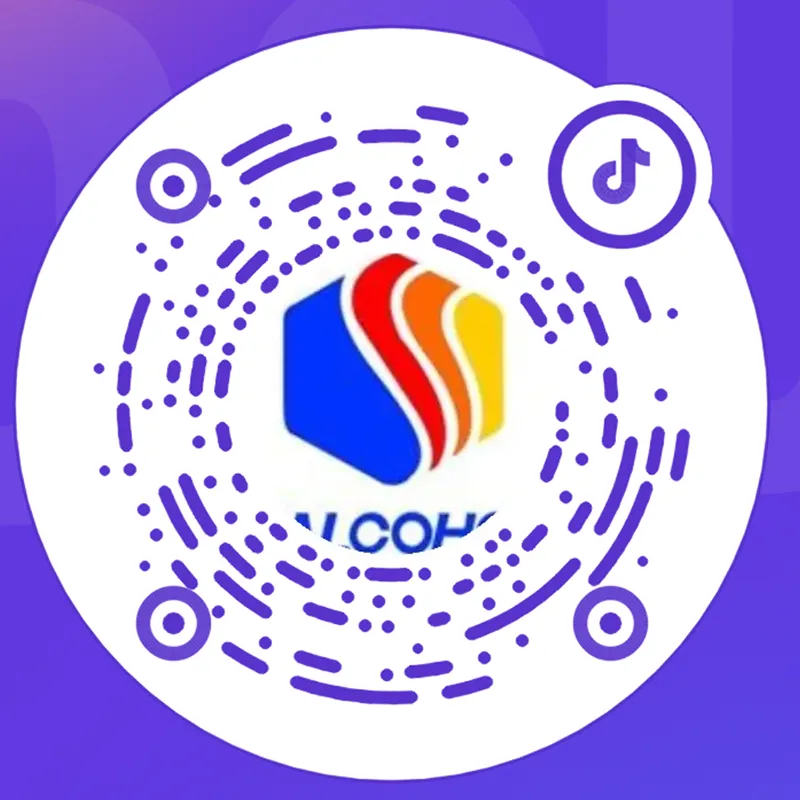System builds brand differentiation awareness
Brand is a concept from an external perspective. It's not simply a logo, symbol, or slogan, nor is it merely communication or promotion. Instead, it resides in the minds of customers, representing their holistic experience based on past, present, and future expectations. A brand signifies a company's quality commitment to its customers and represents a value proposition distinct from competitors. Establishing differentiation and creating cognitive distinction in the minds of customers are key objectives of brand building.
Establishing and cultivating differentiated awareness in the public mind is a systematic undertaking. The primary prerequisite is to solidify the foundation of internal corporate management, focusing on creating value for customers and developing high-quality products and differentiated technological service advantages.
Excellent products are the primary condition for enhancing brand competitiveness. Products are the core foundation for meeting customers' real needs, providing both core value and added value. The core value of a refrigerator is not its cooling function, but the preservation of food. An expensive Cartier handmade watch provides not just timekeeping, but the added value of symbolizing prestigious status. Manufacturers purchasing chemical raw materials, besides the core value of the product, also value the added value of secure and stable product supply. With the rapid development of artificial intelligence and big data technology, customers will choose products they truly need. Enterprises must provide both core value and added value that meet customer needs. The primary task in enhancing brand competitiveness is to clarify the core value of the product and strive to provide customers with added value.
Differentiated service is an important means of enhancing brand competitiveness. As market competition intensifies and products become increasingly homogeneous, service becomes a crucial way for companies to enhance their brand image and gain a competitive advantage. Petroleum chemical products are highly specialized, and manufacturing customers value ROI, technical performance, long-term cooperation value, and risk control. They require professional teams to provide product usage guidance, optimization of process technology indicators, and technical diagnosis of equipment to meet the growing needs for cost reduction, efficiency improvement, and safe production. With the continuous expansion of artificial intelligence applications in various fields, the integrated "research, production, sales, and application" mechanism will place more emphasis on customer orientation and the concept of research and development and production serving the market. Enterprises are more likely to provide quick and convenient services for customers' personalized needs.
Establishing and creating cognitive differentiation is a full-process management approach focused on the customer journey, building a professional and trustworthy brand image throughout the customer lifecycle. The customer journey refers to the process from a customer's initial need to its complete fulfillment, encompassing five stages: awareness, evaluation, purchase, retention, and advocacy. Companies need to understand all customer touchpoints with the brand, create key moments, improve customer satisfaction and loyalty, and build a trustworthy brand image.
In the awareness stage, customers search for product information, obtaining it through websites, social media, or industry exhibitions. However, information opacity can lead to confusion. For B2B brands, white papers, technical documents, and benchmark cases should convey professional value, combined with targeted outreach at industry exhibitions; for B2C brands, short videos, KOL (Key Opinion Leader) seeding, and UGC (User-Generated Content) should be leveraged to spark customer curiosity through storytelling and shorten their cognitive path.
In the evaluation stage, customers begin comparing products or solutions, facing decision pressure due to abundant choices. B2B brands should use customized solution comparisons and ROI calculations to help customers make rational judgments, with one-on-one communication from technical consultants to build trust; B2C consumers rely on intelligent recommendation engines and user review rankings. Companies should provide real-time customer service pop-ups and limited-time discount prompts to eliminate hesitation and promote quick decisions.
In the purchase stage, complex payment processes for B2B customers can lead to low satisfaction. Companies should simplify contract approvals, explore installment payment options, and have dedicated account managers follow up to ensure manageable risk; B2C consumers seek convenience. Companies should offer one-click payment, password-free ordering, and viral red envelopes to enhance excitement and reduce purchase interruptions.
In the retention stage, slow after-sales service responses can lead to disappointment. B2B brands should strengthen long-term cooperation through regular follow-ups, customized iterations, and dedicated knowledge bases; B2C customers rely on 24-hour AI customer service, community Q&A, and membership point systems. Companies should enhance customer satisfaction through personalized push notifications such as birthday benefits.
In the advocacy stage, customers may be willing to recommend products but lack incentives. B2B brands can invite customers to participate in industry summit speeches and jointly release success stories, showcasing value through ecosystem cooperation; B2C brands need to design referral rebates and social viral rewards (such as "show-and-tell gifts") to lower the sharing threshold, converting loyalty into word-of-mouth marketing and enhancing brand image.
In short, brand building is a long-term, systematic project. Companies must strengthen their internal management foundation, provide customers with high-quality products and high-value-added services, and strengthen customer-oriented value concepts. Throughout the customer lifecycle management process, they must continuously convey the value proposition they uphold, enhancing their professional and trustworthy brand image. China Petrochemical News )

